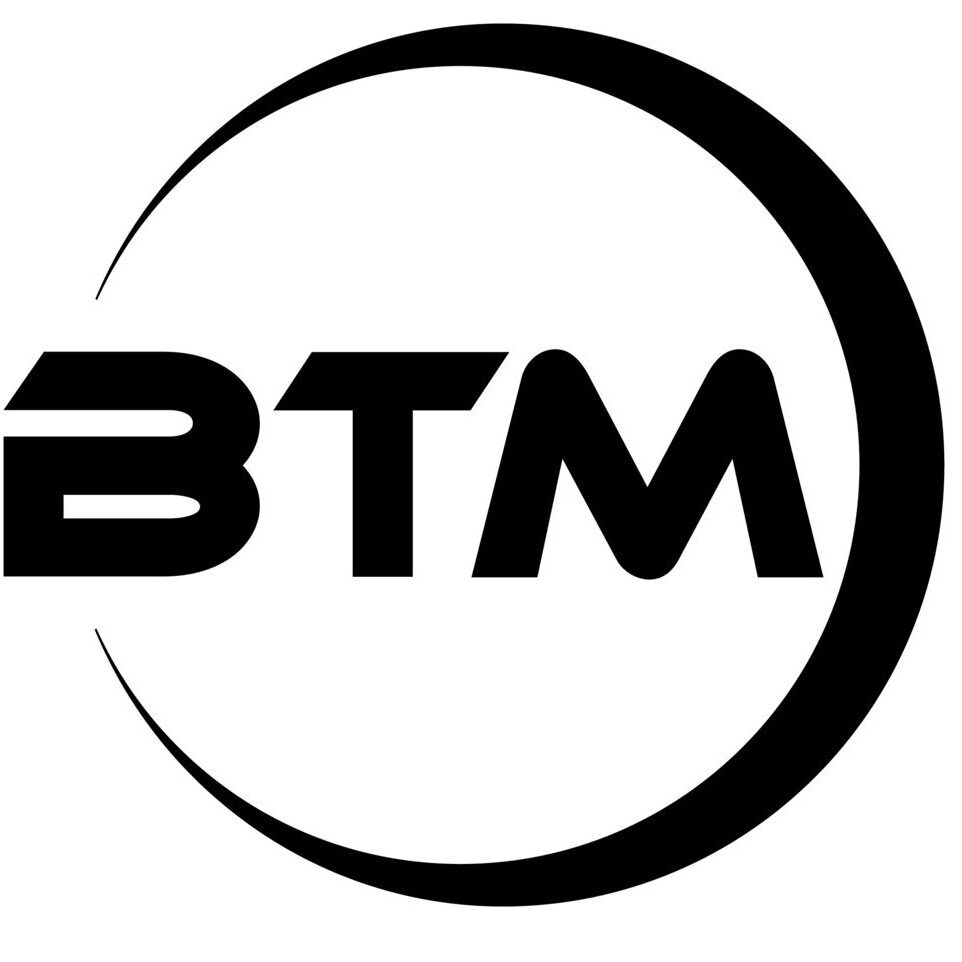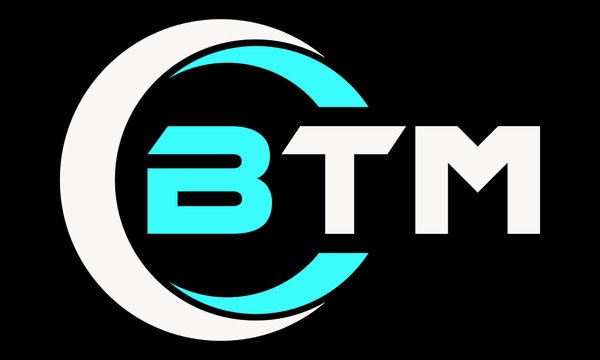Have you ever wondered what it takes to grow and steer your trucking business toward success in the ever-evolving logistics industry? Picture your business, once limited to a particular region, now expanding its horizons, hauling diverse cargo, and embracing cutting-edge technology. In this article, we’ll be your guide on this journey. We’ll explore the myriad opportunities awaiting you and the challenges you’ll face when expanding your trucking enterprise. So, fasten your seatbelts, as we hit the road to discover how you can take your trucking business to new heights.
Opportunities for Trucking Business Expansion
Expanding Regional Routes: Exploring Nearby Markets
When it comes to trucking business expansion, venturing into nearby markets is often the first step. Imagine your trucks traversing new territories, reaching untapped markets, and delivering goods where they’re needed most. Expanding regionally opens doors to fresh opportunities and brings several advantages. It reduces travel time, minimizes fuel costs, and fosters stronger relationships with local customers. So, why not chart a course for new regional routes and let your wheels roll toward prosperity?
Diversifying Cargo Types: Tapping into Niche Markets
Now, let’s talk about cargo diversity, a key strategy to broaden your horizons. Think beyond the usual loads and consider specialized freight and niche markets. Imagine hauling temperature-sensitive pharmaceuticals or transporting fragile art pieces. By diversifying the types of cargo you carry, you can access new revenue streams and reduce dependency on a single market. It’s like adding a variety of spices to your business recipe, creating a richer, more profitable stew.
Fleet Expansion and Modernization: Adding New Trucks and Equipment
Expanding your fleet is like adding more arrows to your quiver. It empowers you to take on larger contracts and serve more customers. Consider adding new trucks and equipment, each designed to meet specific hauling needs. Think of fuel-efficient vehicles that reduce operational costs and minimize your environmental footprint. Modernization isn’t just about staying competitive; it’s about shaping the future of your trucking business.
Technology Integration: Navigating with GPS and Telematics
In today’s digital age, technology is your co-pilot. Equip your trucks with GPS and telematics systems like CameraMatics fleet safety management system to optimize routes, monitor vehicle performance, and enhance safety. Imagine knowing exactly where your fleet is at all times and receiving real-time data on fuel efficiency and maintenance needs. It’s like having a trusty navigator by your side, guiding you through the twists and turns of the logistics world.
Freight Brokerage and Load Boards: Maximizing Load Capacity
Freight brokerage and load boards are like treasure maps leading you to new cargo opportunities. They provide access to a broader customer base and help you maximize your load capacity. Think of them as your business matchmaking tools, connecting you with shippers in need of your services. By leveraging these platforms, you can keep your trucks loaded and your profits rolling in.
Investing in Equipment and Machinery: Boosting Efficiency
Investing in equipment and machinery is the engine that drives efficiency in your trucking business. Consider essential assets like forklifts, which streamline loading and unloading operations. They enhance productivity and reduce the time your trucks spend idle at warehouses. For example, finding a good forklift trailer hitch for sale would benefit you greatly, as you can use your forklift to move the trailers around your lot. By investing in such equipment, you not only improve efficiency but also ensure smoother logistics operations.
Challenges of Expanding a Trucking Business
Regulatory Compliance: Navigating a Complex Landscape
Expanding your trucking business comes with regulatory hurdles that can feel like navigating a complex maze. Federal and state regulations, safety standards, and hours of service rules can vary, adding layers of complexity. However, staying on top of compliance is essential to avoid legal roadblocks and maintain the safety and integrity of your operations.
Rising Fuel Costs: Managing Operational Expenses
One of the perpetual challenges in the trucking industry is the fluctuating cost of fuel. Rising fuel prices can significantly impact your operational expenses, eating into your profits. To combat this challenge, you must implement strategies to enhance fuel efficiency, such as route optimization and the use of fuel-efficient vehicles.
Driver Recruitment and Retention: Facing a Shortage
The shortage of qualified truck drivers continues to be a major challenge in the industry. As your business expands, finding and retaining skilled drivers becomes even more critical. Offering competitive employee benefits and incentives, such as flexible schedules and sign-on bonuses, can help you attract and retain top talent.
Maintenance and Repairs: Ensuring Smooth Operations
Maintenance and repairs are unavoidable in the trucking business. Ensuring your fleet remains in top condition is essential to avoid costly breakdowns and delays. Implementing preventative maintenance schedules and having a contingency plan for unexpected repairs can help keep your trucks on the road and your business running smoothly.
Competition and Market Saturation: Identifying Niche Opportunities
As you expand, you’ll encounter increased competition and potential market saturation in some areas. To overcome this challenge, consider identifying niche opportunities within the market. Consider specialized cargo types or unique service offerings that set you apart from the competition.
Financial Considerations and Planning
Budgeting for Expansion: Allocating Resources Wisely
Budgeting for expansion is a critical step in your journey. Allocate resources wisely, considering capital investment, operating costs, and potential financial challenges. Having a well-thought-out budget ensures you have the financial means to support your growth plans and face any unexpected financial setbacks.
Financing Options: Exploring Your Choices
To fund your expansion, explore various financing options, including loans, leasing, and potential investment partnerships. Each option has its advantages and disadvantages, so choose the one that best aligns with your financial goals and growth strategy.
Risk Management: Protecting Your Investment
Risk management is another financial aspect to consider. Make sure you have the right insurance coverage to protect your assets and investments. Also, establish contingency plans and financial reserves to address unforeseen challenges during your expansion.
Technology and Efficiency in Trucking
Electronic Logging Devices (ELDs): Compliance and Benefits
Electronic Logging Devices (ELDs) are now a requirement in the trucking industry. While they may seem like regulatory burdens, ELDs offer benefits beyond compliance. They help you track hours of service more accurately, improving driver safety and ensuring adherence to regulations.
Route Optimization Software: Maximizing Efficiency
Route optimization software is a game-changer for efficiency. It lets you plan the most efficient routes, reduce travel time, and minimize fuel consumption. These tools are like your GPS’s best friend, helping you navigate the logistics landscape easily.
Fleet Tracking and Management: Real-time Monitoring
Fleet tracking and management systems provide real-time monitoring of your vehicles. You can keep an eye on their locations, performance, and maintenance needs, all from the comfort of your office. It’s like having a virtual garage where you can fine-tune your fleet’s performance.
Sustainable Practices in Trucking Expansion
Eco-Friendly Technologies: Going Green
In an environmentally conscious world, consider eco-friendly technologies. Explore options like electric and hybrid vehicles that reduce emissions and contribute to a greener planet. It’s not just a trend; it’s a commitment to sustainability.
Sustainable Supply Chain: Reducing Environmental Impact
Create a sustainable supply chain by implementing practices that reduce your environmental impact. This includes strategies to cut emissions, recycle materials, and minimize waste. Being environmentally responsible isn’t just good for the planet; it can also improve your public image and attract environmentally conscious clients.
Regulatory Compliance and Sustainability: Staying Ahead
Environmental regulations are becoming stricter, making sustainability a crucial aspect of your business. Staying ahead of compliance changes is vital to avoid penalties and ensure your operations align with evolving environmental standards.
Conclusion
So, here we are at the crossroads of opportunities and challenges in the trucking industry. You’ve learned about expanding regionally, diversifying cargo types, modernizing your fleet, and integrating technology. We’ve explored regulatory compliance, rising fuel costs, driver recruitment, and the importance of maintenance. We’ve delved into budgeting, financing, risk management, and the role of technology in efficiency. Plus, we’ve championed sustainability as a path to a greener, more responsible future.
Now, as you steer your trucking business toward expansion, consider these questions: What opportunities will you seize, and what challenges will you overcome? How will you navigate the twists and turns of this journey? Remember, it’s not just about growth; it’s about the path you choose and the destination you reach. So, gear up, because the road ahead is full of promise and potential. Will you rise to the challenge and drive your trucking business to greater heights?





